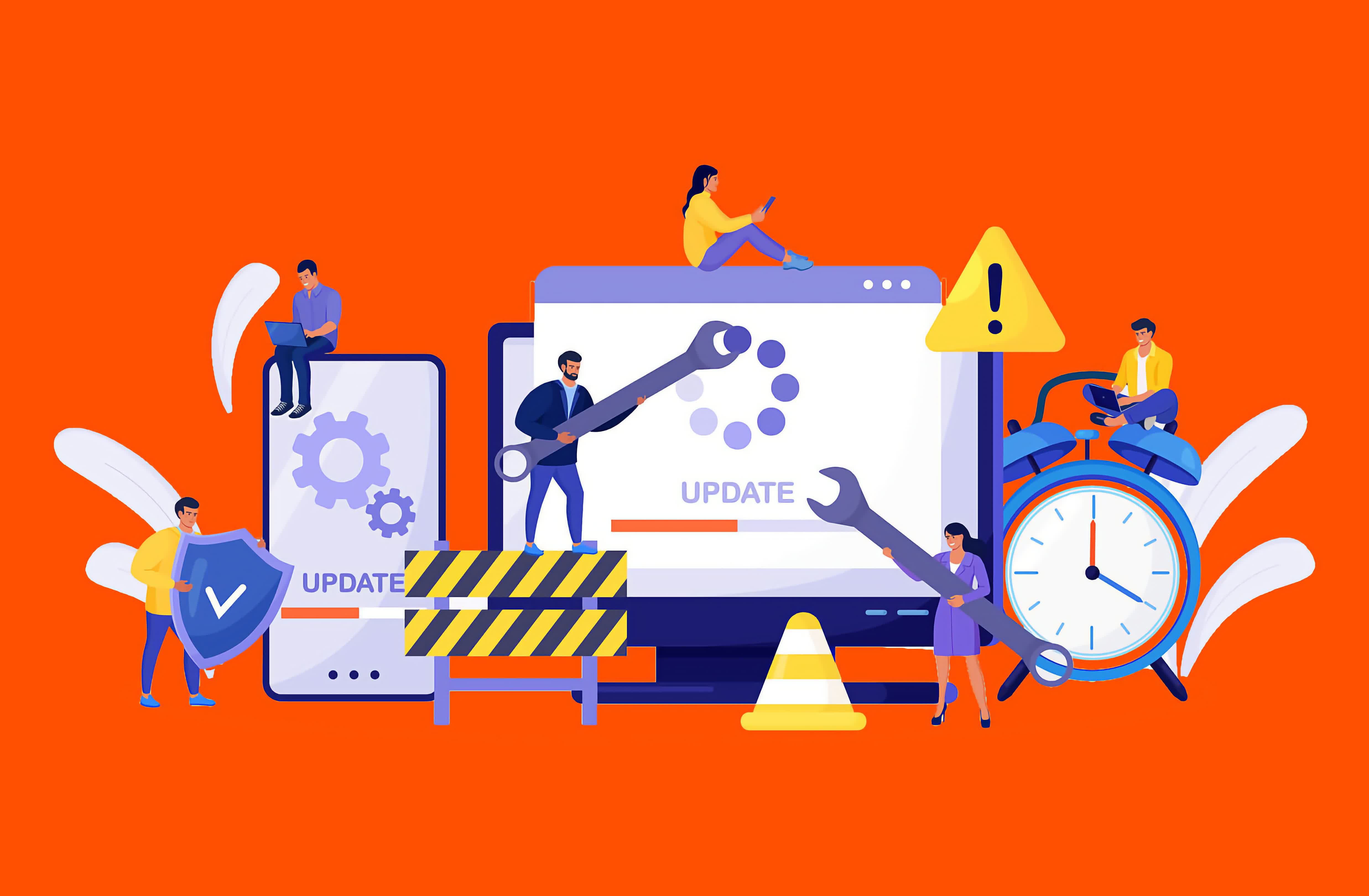A vital difference in the world of disaster healing is the one in between failover and failback. Both terms explain two sides of the very same coin, complementary procedures that are commonly brought together.
Nevertheless, their effects and objectives could not be much more different. Both play vital roles in guaranteeing service continuity and disaster healing, making it necessary to understand what they are and how they differ.
What is Failover?
Failover is a service connection procedure that makes sure ongoing accessibility to a system by fully transitioning to another circumstances of that system. This second system is made to be resilient, preferably unaffected by the occasion that jeopardized the primary system.
In other words, failover happens when connection is switched over from one system circumstances to another. This can take place in different methods, consisting of:
Editor’s Note:
This visitor blog post was written by the staff at Pure Storage space, an US-based openly traded technology company dedicated to venture all-flash data storage space options. Pure Storage keeps an extremely active blog site, this is one of their “Simply Educational” articles that we are reprinting right here with their permission.
- Switching from a main system to a standby system
- Transitioning to a warm or chilly spare
- Triggering a backup system during a failing or for screening purposes
- Changing either manually or immediately
The crucial point regarding failover is that it includes a total movement of logical or physical gain access to from the primary system, web server, or holding location to a secondary one.
While other procedures, such as lots harmonizing, might disperse partial connectivity in between system circumstances or parts, they do not qualify as failover since they do not stand for a full cutover.
What is Failback?
Failback is the essential disaster recuperation procedure. It involves a complete migration back to the production status– a recovery if you will certainly– at the validated final thought of a catastrophe.

Failback happens when a system returns back to the key atmosphere after the origin of a disruption has been attended to. In method, this looks like a failover, however backwards. As soon as the main system is brought back, accessibility is pointed to that system, and the standby is shut down.
This reversion is a critical distinction. Some companies might have full standby systems for essential applications, which permit full operations on the standby system. In that case, the standby can truly be taken into consideration the main and the repaired previous key the new standby.
The Role of Failover and Failback in Disaster Recovery
Failover is essential in a business continuity event because it keeps operations running. By having a system to which your service can change when a main system is inaccessible, you have the ability to proceed operating. People can function, income streams are protected, and consumers can be offered.
Without failover, these functions could grind to a halt, resulting in considerable disruption. Many organizations rely on modern technology for essential processes, and when those processes are unavailable, analog alternatives might want or completely outdated. Failover ensures that even in a disaster, business maintains moving.

Failback enters play once the demand for failover ends. As the calamity is fixed, failback enables the company to go back to typical operations. Typically, failback is required when the standby system can not maintain procedures as effectively as the main system. For example, a standby system may not be a complete replica of the key system and may be made just for temporary use during an emergency.
For mission-critical systems, some companies may build a standby system that is a full reproduction of the key. While costly, this approach minimizes the risks of decreased functionality throughout calamities.
The Benefits of Leveraging Both Failover and Failback
In an optimal world, every company would certainly maintain 2 fully functional environments: a key atmosphere and a the same standby atmosphere. This arrangement would enable seamless changes throughout catastrophes, making sure that service operations are completely unaffected.
However, that design can efficiently increase an IT budget plan: two sets of endpoints, 2 sets of servers, two collections of cloud settings, 2 sets of information, personnel to support that both in IT and company procedures, etc. It’s expensive and ineffective for any company, to the point where no company genuinely keeps that assistance design.

Instead, a lot of companies go with a failover and failback design because it balances expense and efficiency. With this method, the standby atmosphere is created to sustain crucial procedures during a disaster, even if it’s not as robust as the main system. This makes it more cost-effective, less job is duplicated, and the threat of information loss or influence is lower.
It’s essential to keep a well-designed second setting. Reducing expenses too deeply on a standby system can lead to ineffectiveness or monetary losses if vital operations are disrupted. Striking the appropriate equilibrium in between cost and performance is vital.
If nonstop organization operations are necessary, after that a critical failover and failback plan is not optional– it’s a need.



